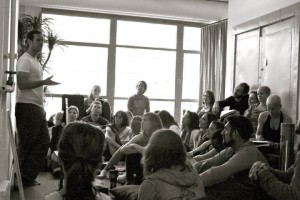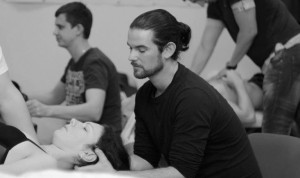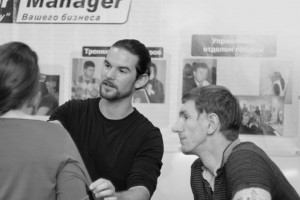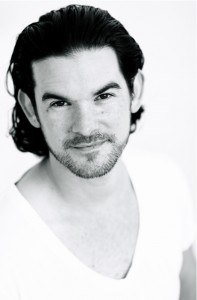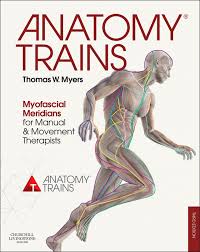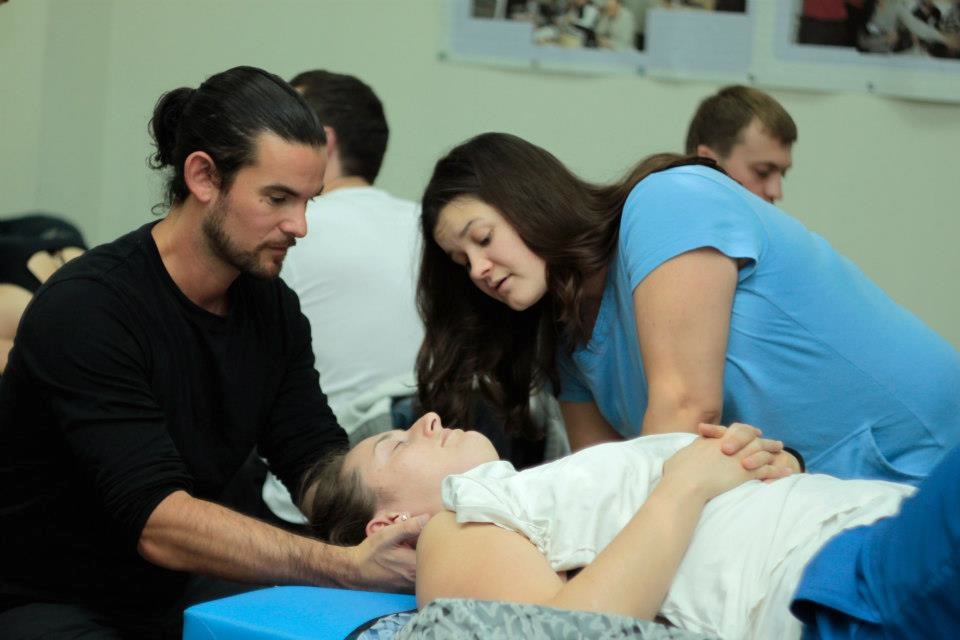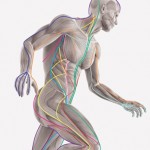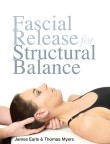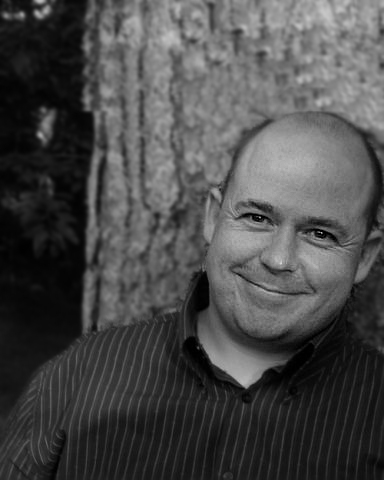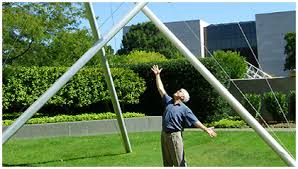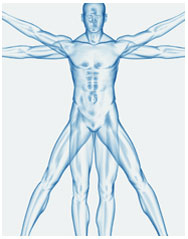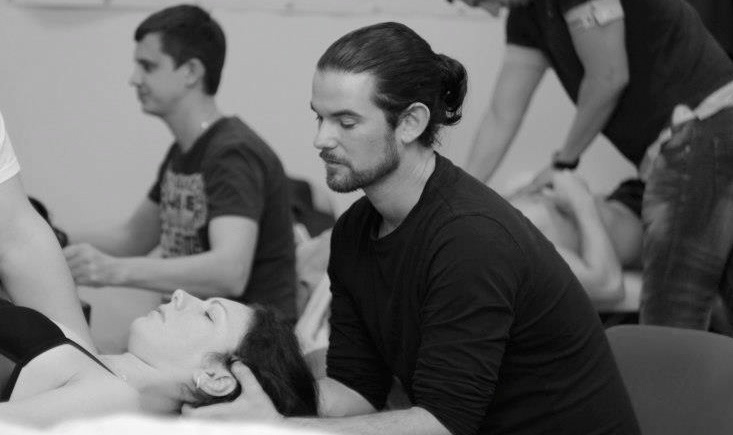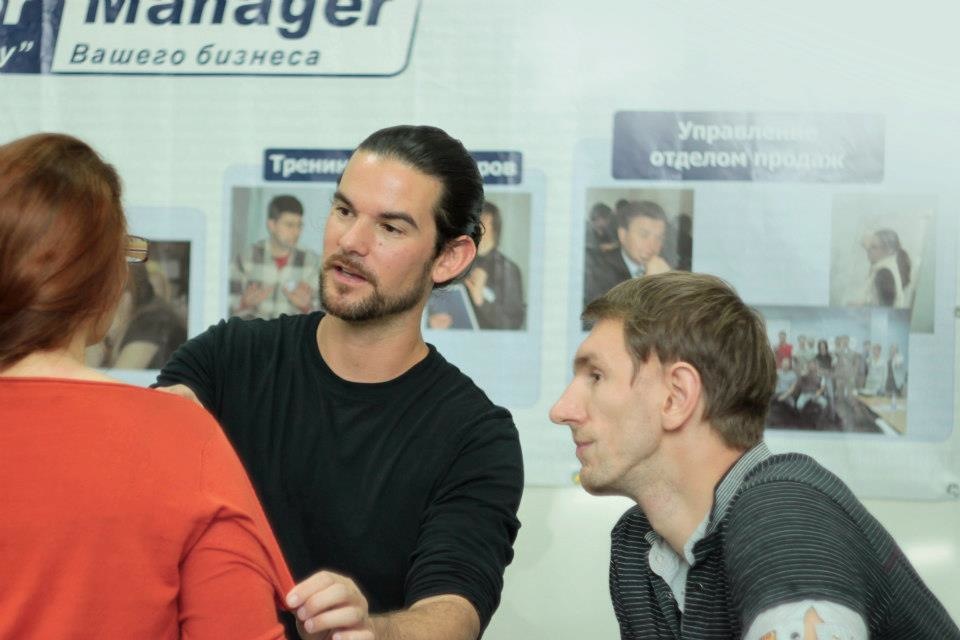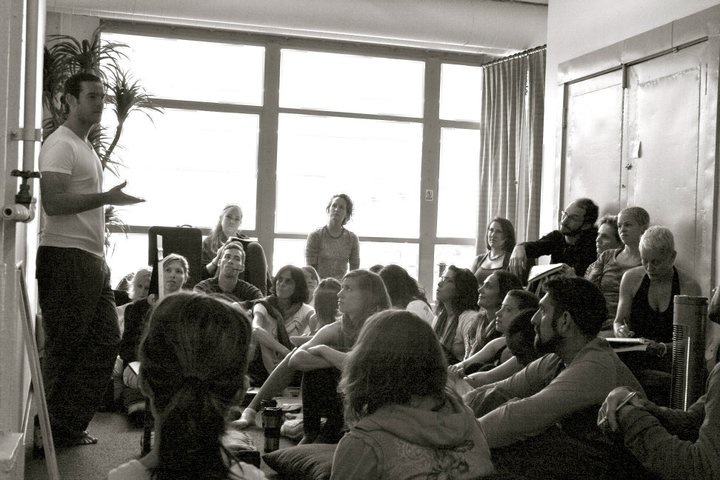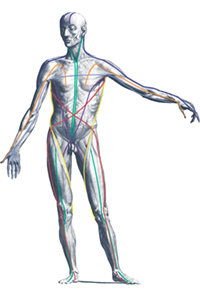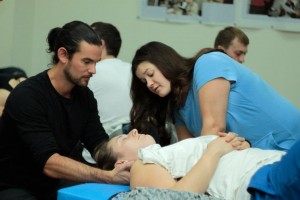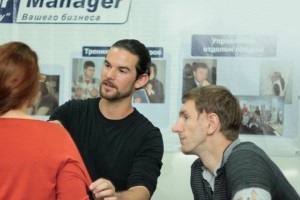Teacher: Michael Watson
ANATOMY TRAINS II
*****
CLOSING DATE FOR DISCOUNTED FEE RATE – 18/9/15
PLACES ARE STILL AVAILABLE
*****
Times: 9am – 5.30pm
Venues:
October/November Workshops – The Bond Company
| Course Options | Dates for 2015 | Fees |
|---|---|---|
| Book ATII Only | Sun 1st - Mon 2nd November | £280 to 18/09/15, after £295 |
| Book ATI+ATII | Fri 30th October - Mon 2nd November | £540 to 18/09/15, after £590 |
| The Bond Company, 180-182 Fazeley Street, Digbeth, Birmingham, West Midlands B5 5SE | ||
For further information or booking form contact: pauline@simplyholistictherapies.co.uk
Learn to see and correct the myofascial patterns of the body. By building on the BodyReading skills developed in ‘Anatomy Trains’ you will learn to interpret movement and postural patterns. We all want to have a 3-dimensional vision of the body and this workshop is the first step towards establishing those skills for your self.
We will teach you to reliably connect with the fascial tissues, the many ways in which you can mobilize them and, most importantly, the reasons why you would do it and when. Each of the techniques will be presented in the context of their structural and functional influences making this a unique workshop that will lead you to the deeper skills explored through the rest of the series.
New theory will be introduced based on the synthesis of Robert Schleip on how we can affect the fascia through stimulating different mechanoreceptors and we will draw from the approaches of many of the top researchers and practitioners from across the worlds of fascial manipulation and functional anatomy.
The FRSB series of workshops will give you the latest research information and put it in a useable context, making sure that we can be maximally effective in our application of fascial release. The world of myofascial anatomy is quickly expanding and we aim to keep you up to date if not ahead of the curve!concepts of ‘cylinders’ to the BodyReading and use it to look at the trunk in particular.
Objectives
- Review of the AT lines in static posture and introduces more functional movement assessment.
- Builds on the skills and knowledge of the first Anatomy Trains by developing Fascial Touch skills
- Learn to utilise the power of the DASIE model
- BodyReading areas in detail, making you ready to explore the body through the FRSB series
- More movement analysis will be utilised to further aid the vision of the fascial layers gliding and the roles of the ‘locals’ and expresses’.
- We will add the concepts of ‘cylinders’ to the BodyReading and use it to look at the trunk in particular
- To give more familiarity to the use of Bend, Tilt, Shift, Rotate and how they relate to the body positioning along with developing Fascial Touch Skills.
- To relate the BodyReading to Fascial Release principles of assisted and resisted releases, movement of planes of tissue, separation/differentiation of planes, relaxation of tension and using Schleip’s mechanoreceptor model to communicate different intents.
- To relate global and local tensegrity – expresses vs locals – AT lines vs single muscles, and to understand the necessity of balancing locally as well as the overall posture.
This will relate to the forthcoming FRSB series of regional workshops that will follow the locals more closely.
Learning Environment:
- Illustrated lecture
- Open inquiry atmosphere; questions encouraged; high degree of vitality and humour
- Participants will exchange palpation and practice BodyReading (visual assessment) on one another under supervised analysis of instructor and assistants.
Much more research will be referenced showing the roles of fascia in the body, making this an up to date and highly effective skill building workshop.
For further information or booking form contact: pauline@simplyholistictherapies.co.uk
Teacher Bio
Michael Watson’s journey of self-discovery has led him around the world, teaching and sharing his passion for anatomy and alternative modalities of exercise and therapy. Beyond yoga, Pilates and KMI teaching certifications, Michael leads advanced training programs, retreats and clinics worldwide. He has worked with athletes with disabilities at the Paralympic level of training and continues to develop ideas that bring an integrated approach to health, movement and wellness. As a certified teacher of Yoga, Pilates, KMI Structural Integration and with a degree in Sports science, Michael brings an in depth awareness to his clients based on a strong understanding of anatomy, the body and its function.
A proud father of 3 home birthed children; Michael is also a natural birth advocate and works progressively in his home base of Bermuda alongside his wife in bringing awareness to birth and reforming birth options for women.

